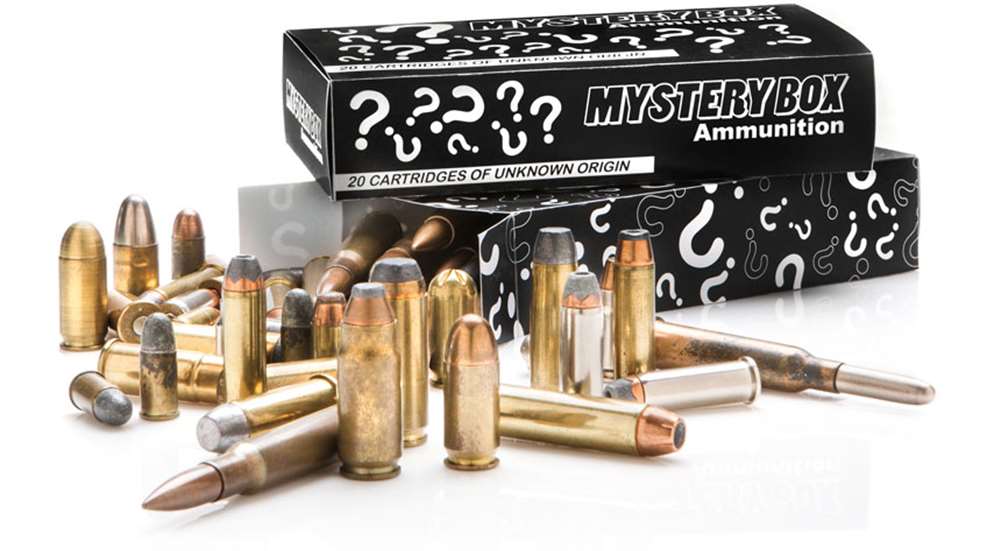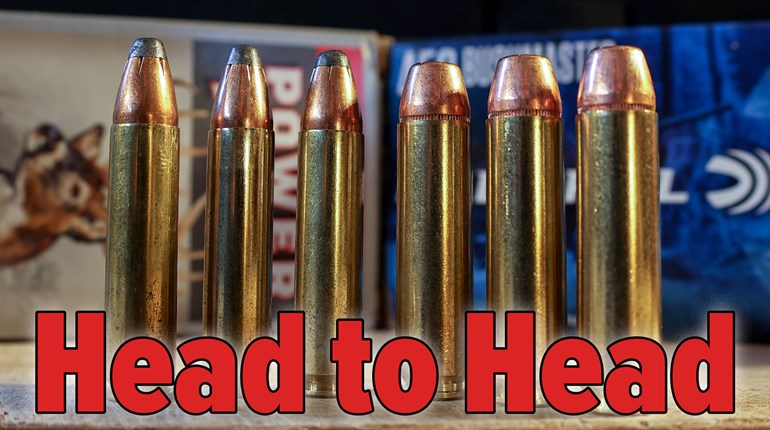
A friend of mine runs a metal-recycling business. Several of his customers are firearm manufacturers. Among the materials he recycles are brass-cartridge cases from their test ranges. Invariably some live ammunition gets mixed in with the recycled brass and has to be sorted out before the metal is processed for its next use. My friend knows I am a shooter and he recently presented me with a big bucket of live ammunition that had been sorted from the recycled range material.
Some of the cartridges were crunched pretty bad so they wouldn’t chamber in any gun, but a lot of the cartridges looked as if they were brand new and could be fired without issue. With the cost of ammunition these days I’m looking at this windfall as a means of increasing my shooting skills through range practice without breaking the bank.
Could you offer some suggestions as to how I might sort and safely use the better-looking cartridges? Also, is there a way I could salvage some of the components from the crunched ammunition for possible reloading in the future?
R. Stingley, Chandler, AZ
Shooting ammunition of unknown origin and ballistics—regardless of its appearance—is a somewhat iffy situation, at best. There is no way to know if a cartridge is reloaded, remanufactured or factory-fresh. Just because it fits in the chamber doesn’t mean it can be fired safely.
First, keep in mind it was probably swept up off the floor of the test range and is likely contaminated with lead dust, firing residue, plain-old dirt as well as chemicals used on the range. Protect your skin when handling the ammo and avoid breathing in any dust or vapors that may be present. Each cartridge should be wiped off, inspected, sorted for serviceability and caliber as well as type from the beginning to make things simpler in the long run. Commercial ammunition can be generally divided into several categories, for proofing, function firing, sustained testing and customer-service testing.
It is extremely unlikely that any of this ammunition is manufactured outside of the boundaries of SAAMI (Sporting Arms and Ammunition Manufacturer’s Institute) or Mil-Spec, which pretty much rules out reloads of unknown quality.
Proof ammunition is a high-pressure round loaded to pressures that exceed the maximum pressure recommended for a particular cartridge by approximately 20 percent. These rounds are fired in a gun or barrel to test structural integrity, among other things. Proof rounds are marked in bright red on the head of the cartridge case and sometimes the projectile, as well. If you encounter or suspect any rounds given to you to be proof rounds, set them aside for disassembly.
While on the subject of disassembly, during the initial sorting operation inspect each round for structural integrity and in particular each round’s overall length. Those with dents, loose bullets, indented primers or other visible damage go to the disassembly container.
Bullets and undamaged brass cases can be salvaged and used for reloading. However, powder and primers present a serious unknown and should be disposed of separately. Primers can be neutralized with the application of a penetrating oil through the flash hole of the disassembled cartridge case. Unfortunately, there is no way to tell what powder the ammunition was loaded with, so it cannot be safely reclaimed. The laws in my state allow me to burn small increments in safe places where there is no fire danger, such as sand pits. It might be a good idea to consult your local fire department for advice with an explanation of what you are trying to accomplish and why prior to disposing of the powder. They may have an option for you that is less troublesome. If not, start with small increments, no more than a few cartridge cases worth at a time, to get an idea as to how smokeless powder burns and what is safe for you.
Ammunition that has been cleaned and passed the external inspection can be considered serviceable for general practice purposes. If separated by headstamp and bullet type, a higher degree of consistency can be realized. For rifle ammunition, it may be of benefit to weigh each cartridge and sort by weight in addition to the other inspection procedures.
There is always a certain element of risk when firing ammunition of unknown origin. However, when precautions are followed, such risk is substantially mitigated.





































